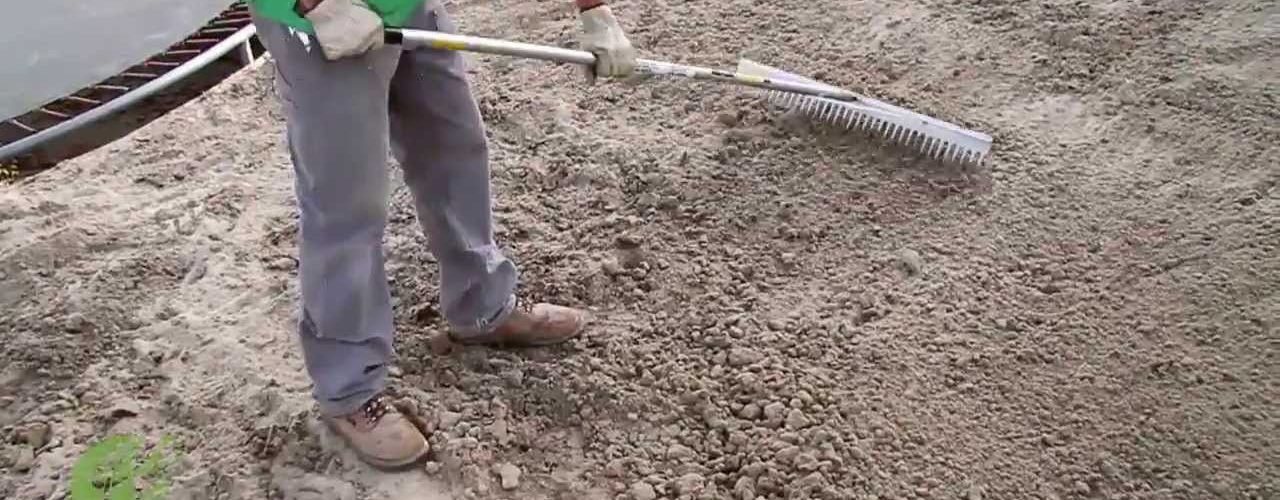Does your yard need a makeover? Do you have yellow spots or dead spots in the lawn that create a visual nightmare? Is your lawn mostly weeds instead of grass? Maybe it’s time to consider a new lawn as the best way to recover a healthy beautiful yard. Planting new grass is not a difficult job, but you will need some advance planning, careful preparation and adequate time to accomplish the task with best results.
Determine The Type of Grass:
The first step is to determine the best type of grass needed for your lawn. There are several things to consider:
- will the lawn get heavy use from children, pets and guests?
- what type of climate do you live in?
- will the lawn get mostly sun, mostly shade or both throughout the day?
- how much maintenance do you want to spend on your lawn?
There are two categories of grasses: cool season and warm season.
Cool season grasses – grow more during cooler seasons and stay green all year which makes them better for northern and eastern climates.
Warm season grasses – grow more during warmer months, then become dormant or turn brown in the winter which makes them better for southern and western climates.
Once you have answered these questions, you can make an informed decision on the best type of grass for your lawn. Research the characteristics of different grasses to make sure the grass will survive your specific requirements. Look for sod that is from cultivated certified grass seed which means that the sod has been inspected for diseases, pests and weeds. The label should given you pertinent information on all specifications and characteristics of the sod. Do not buy pasture sod which is likely unhealthy since it comes from cow pastures or fields that may be infested with various diseases and pests. Inspect the sod when it’s purchased and delivered to ensure that it appears healthy, moist and
green.
Preparation for Sodding:
Measure the area to be planted and determine how much sod you will need. Dig up all weeds and grass in the area so you have fresh soil to start with. Test the soil for proper nutrients, then loosen the soil about 2 inches deep and apply a mixture of lime and fertilizer, mix well, and smooth the soil out again creating a flat level surface. If you are installing an underground sprinkler system, now is the time to do it, before you lay the sod. Water is extremely important to the health and survival of your new sod.
Planting the Grass:
Begin laying the first strip of sod along a straight edge, such as a sidewalk, border or driveway while tightly fitting the ends together, but don’t overlap them. Stagger the second row and continue in this way until finished. It’s important to water the soil and roots as you go so the sod stays moist and flexible. When you have finished laying all the sod, roll the sod using a grass roller to press the roots down firmly into the soil and ensure bonding. Water all of the sod thoroughly so the water soaks into ground, but don’t over water. Stay off the lawn for about two weeks to provide ample time for the sod to bond to the soil and set firmly in place. Wait 5-6 weeks before you mow the lawn, then just maintain your new grass with routine feeding, watering and mowing.
Take care of your new lawn and you should have a healthy green yard for many years. A well-maintained lawn adds beauty to your home and provides enjoyment for family activities for a lifetime.
What are the most common types of sod grass?
<>
<>



